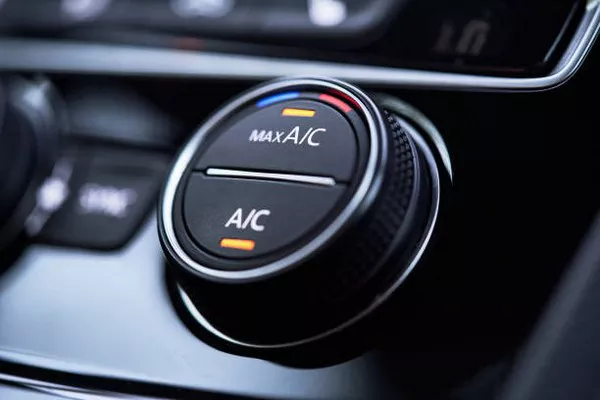Guitar pedal chains are intricate webs of effects pedals that shape and color a musician’s sound. Among these pedals, the compressor holds a crucial role, often acting as the unsung hero in the lineup. However, its placement within the pedal chain can significantly impact its effectiveness and the overall tone of the instrument. In this article, we’ll delve into the intricacies of compressor pedals, exploring their function and optimal placement within a pedal chain.
Understanding Compressor Pedals:
Before delving into its placement, it’s essential to understand the purpose of a compressor pedal. Compressors are dynamic processors designed to even out the volume of notes played on a guitar. They work by reducing the dynamic range of the audio signal, effectively squashing loud peaks and boosting softer notes. This results in a more consistent sound, enhancing sustain and adding a smoothness to the overall tone.
Key Factors in Placement:
The placement of a compressor pedal within a guitar pedal chain can significantly impact its performance. Several key factors should be considered when determining where to position it:
Signal Chain Dynamics: The order of pedals in a chain can drastically alter the final sound. Placing a compressor before or after certain effects can produce vastly different results. Understanding how each pedal interacts with the compressor is crucial for achieving the desired tone.
Signal Integrity: Maintaining the integrity of the guitar signal is paramount. Placing a compressor too early in the chain may result in unwanted artifacts being amplified by subsequent effects. Conversely, positioning it too late can limit its effectiveness in controlling dynamics.
Personal Preference: Ultimately, the placement of a compressor pedal can be subjective and dependent on individual taste. Experimentation is key to finding the optimal position that complements the desired tone and playing style.
Optimal Placement Options:
While there is no one-size-fits-all approach to pedal placement, there are several common configurations that guitarists often employ:
Before Overdrive/Distortion: Placing the compressor before overdrive or distortion pedals can help smooth out dynamics before they hit the gain stage. This setup can result in a more consistent and controlled distortion, with sustained notes ringing out more prominently.
After Overdrive/Distortion: Alternatively, placing the compressor after overdrive or distortion pedals can emphasize sustain and enhance the perceived volume of the distorted signal. This setup can add thickness and weight to the tone, particularly when playing lead lines or solos.
At the Beginning of the Chain: Some guitarists prefer to place the compressor at the beginning of the pedal chain to ensure that it has maximum control over the guitar signal from the outset. This setup can help maintain consistency in volume and dynamics throughout the entire effects chain.
At the End of the Chain: Conversely, placing the compressor at the end of the pedal chain can act as a “mastering” tool, smoothing out any inconsistencies introduced by other effects pedals. This setup can help glue the various elements of the signal together, resulting in a more cohesive and polished sound.
Factors to Consider:
When determining the optimal placement of a compressor pedal, several factors should be taken into account:
Effect Interaction: Consider how the compressor interacts with other pedals in the chain. Experiment with different placements to find the combination that best suits your desired tone.
Playing Style: Your playing style can influence where the compressor should be placed. For example, if you rely heavily on dynamic picking techniques, placing the compressor before overdrive pedals may be more beneficial.
Pedal Compatibility: Not all pedals play well together. Some combinations may result in undesirable artifacts or tone degradation. Experiment with different pedal orders to find the most compatible setup.
See also What Is A Home Ac Compressor? A Comprehensive Guide
Conclusion:
The compressor pedal is a versatile tool that can greatly enhance the sound of a guitar. By understanding its function and experimenting with placement within a pedal chain, musicians can unlock new levels of tone shaping and dynamics control. Whether placed before or after other effects, the compressor plays a crucial role in sculpting the perfect sound for any musical style.

